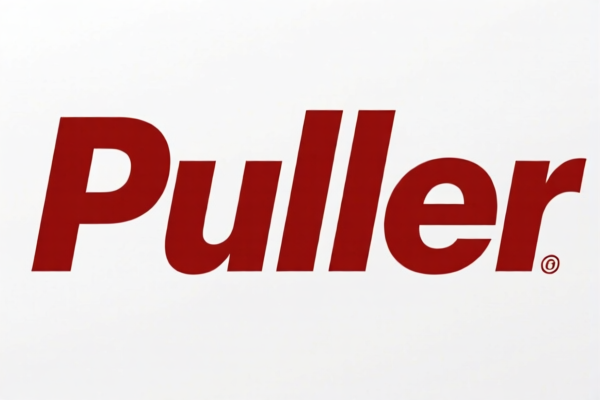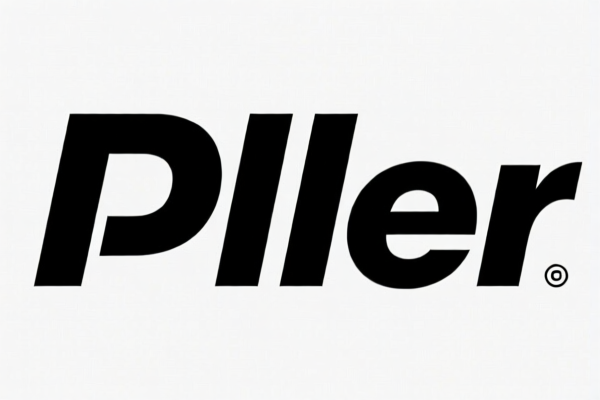| HS Code | Official Doc | Tariff Rate | Origin | Destination | Effective Date |
|---|---|---|---|---|---|
| 8467891000 | Doc | 37.5% | CN | US | 2025-05-12 |
| 8483204040 | Doc | 59.5% | CN | US | 2025-05-12 |
| 8483907000 | Doc | 60.5% | CN | US | 2025-05-12 |
| 6507000000 | Doc | 55.0% | CN | US | 2025-05-12 |




Bearing Pullers
Bearing pullers are tools designed to remove bearings, gears, pulleys, and other components from shafts and housings without damaging the components themselves or the surrounding equipment. They are commonly used in automotive repair, machinery maintenance, and other industrial applications.
Material
Bearing pullers are typically constructed from hardened steel alloys, ensuring durability and resistance to deformation under high loads. Common materials include:
- Carbon Steel: Offers good strength and is often used for the puller body and jaws.
- Chrome Vanadium Steel: Provides increased strength and wear resistance, commonly used for jaws and critical components.
- Alloy Steel: Used in high-strength applications requiring maximum durability.
Purpose
The primary purpose of a bearing puller is to apply a controlled and even force to extract components that are tightly fitted or corroded onto a shaft. This prevents damage that could occur with hammering or other forceful removal methods.
Function
Bearing pullers function by utilizing a combination of mechanical principles:
- Clamping Force: Jaws or arms grip the component to be removed.
- Screw or Hydraulic Pressure: A central screw or hydraulic piston applies force to the puller body.
- Even Distribution of Force: The puller's design ensures the force is distributed evenly around the component, minimizing stress and preventing damage.
Usage Scenarios
- Automotive Repair: Removing bearings from wheels, transmissions, and engines.
- Machinery Maintenance: Extracting bearings from motors, pumps, and gearboxes.
- Industrial Applications: Removing pulleys, gears, and other components from various types of machinery.
- Motor Repair: Disassembling and reassembling electric motors.
- DIY Projects: Used in various home and workshop applications requiring component removal.
Common Types
- Two-Jaw Pullers: Simplest type, suitable for smaller bearings and components. Often used for internal bearing removal.
- Three-Jaw Pullers: More versatile, providing a stronger grip and better distribution of force. Commonly used for external bearing removal.
- Internal Bearing Pullers: Designed specifically for removing bearings from inside a housing. They expand to grip the bearing's inner race.
- External Bearing Pullers: Used to remove bearings from the outside of a shaft or housing.
- Hydraulic Pullers: Utilize hydraulic pressure to apply a significant amount of force, suitable for large and stubborn bearings. Available in various capacities.
- Gear Pullers: Specifically designed for removing gears, often with adjustable arms to accommodate different gear sizes and configurations.
- Universal Pullers: Adaptable to a wide range of applications with interchangeable arms and components.
Bearing pullers fall under tools used for working in the hand, pneumatic, hydraulic or with self-contained electric or nonelectric motor, and parts thereof.
Here are the relevant HS codes based on the provided reference material:
- 8467891000: This HS code covers “Tools for working in the hand, pneumatic, hydraulic or with self-contained electric or nonelectric motor, and parts thereof: Other tools: Other: Suitable for metal working”. Bearing pullers, being tools for metalworking, are classified here.
- 84: Chapter 84 relates to Nuclear reactors, boilers, machinery and mechanical appliances; parts thereof.
- 67: Heading 67 specifies Tools, implements, cutlery, hand tools, and articles of prefabrication; articles of cutlery; hand tools, implements, cutlery, hand tools, and articles of prefabrication.
- 89: Subheading 89 denotes Other tools.
- 10: Further specifies Other: Suitable for metal working.
- Total Tax Rate: 37.5% (0.0% basic tariff + 7.5% additional tariff, increasing to 30% additional tariff after April 2, 2025).
According to the provided reference material, the HS code options related to 'bearing pullers' are limited, with only the following 1 found.
Customer Reviews
No reviews yet.